Australian Criminal Intelligence Commission
The Australian Criminal Intelligence Commission has today released the first National Wastewater Drug Monitoring Program Report, revealing that capital city sites in Tasmania showed some of the lowest methylamphetamine consumption levels nationwide.
Methylamphetamine was the highest consumed illicit drug of those tested across all regions of Australia, with consumption in some areas at historic highs.
“The National Wastewater Drug Monitoring Program is a key initiative in establishing an objective evidence base on illicit drug use and the level of use of a number of legitimate substances,” said Australian Criminal Intelligence Commission CEO Chris Dawson.
“In terms of capital city sites, levels of methylamphetamine consumption were consistently below the national average in Tasmania, while consumption of both methylamphetamine and MDMA was noticeably higher in the regional sites.”
The National Wastewater Drug Monitoring Program measured wastewater at seven sites across Tasmania.
The National Wastewater Drug Monitoring Program will provide leading-edge, coordinated national research and intelligence on illicit drugs and drugs that can be abused, with a specific focus on methylamphetamine and 12 other substances.
The report found that alcohol and tobacco were consistently the highest consumed tested substances in all states and territories, and average consumption of both these licit substances was higher than the national average in both capital city and regional Tasmanian sites.
Oxycodone is a pharmaceutical which has therapeutic application, but can also be diverted to the illicit market. Results show high levels of oxycodone consumption in Tasmania’s capital city sites – the level of consumption measured at these sites was the highest of any Australian capital city.
“We are aware of the diversion of prescription medications such as fentanyl and oxycodone from the legitimate market to the illicit market, however wastewater analysis cannot currently measure if use of these substances is licit or illicit,” Australian Criminal Intelligence Commission CEO Chris Dawson said.
“Findings on consumption of oxycodone are a concern for its potential diversion into the illicit drug market, and we will be working with our partners to understand these results as the National Wastewater Drug Monitoring Program reveals trends and patterns over time.
“The initial findings in the Tasmania indicate a strong demand for both licit and illicit substances, driving the need for a whole of government and whole of community response to the demand for illicit drugs in Australia, and the harms drugs bring to the community,” Mr Dawson said.
The Australian Criminal Intelligence Commission received $3.6 million over three years from Proceeds of Crime funding for the National Wastewater Drug Monitoring Program, and has commissioned the University of Queensland and the University of South Australia to undertake the program and prepare the first research report containing its findings.
The report is available from the Australian Criminal Intelligence Commission website.
